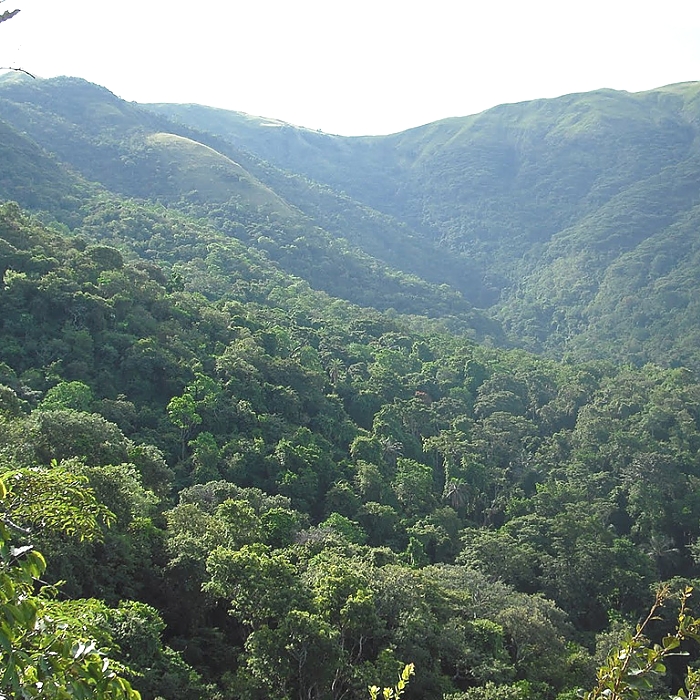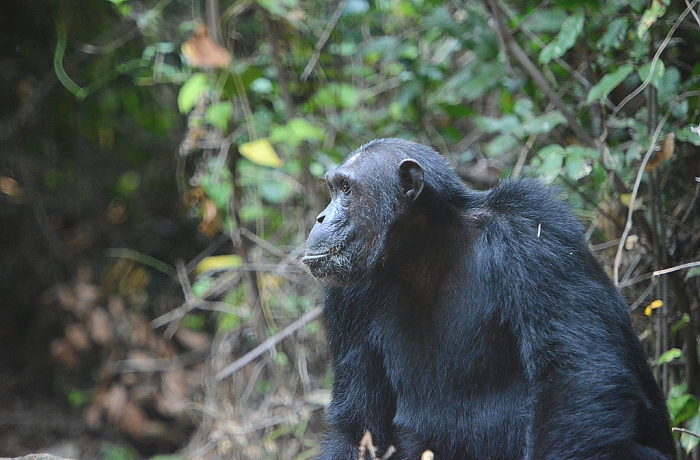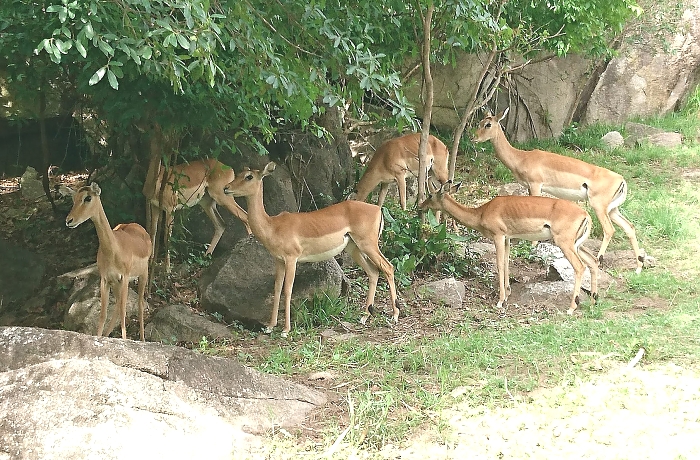Gombe Stream National Park
Overview
The Gombe Stream national Park is the smallest park in Tanzania Covering only 52 sq Km (about 20 sq miles). North of kigoma on the shore of lake Tanganyika in western Tanzania. Is accessed by boat from Kigoma 16 Km (about 10 miles).
Location: The Gombe Stream National Park is located 16 Kms (about 10 miles) North of Kigoma on the shore of Lake Tanganyika in Western Tanzania. The park is home of the Great Apes.
Best time to visit: The Chimpanzee doesn't roam as far in the wet season, (February - June, November - Mid December). So may be easier to find because they do not wander so far. Dry months of July - October and late December can however offer better photo opportunities.
Wildlife: Gombe is famous for its chimpanzees, approximately also be seen such as red-colobus red-tail and blue monkeys. The area is heavily forested, making it an unsuitable habitat for carnivores so the park is safe for walking Safaris.
Birdlife: There are rewarding sightings for bird watchers.
Access: Kigoma is connected to Dar-es-Salaam and Arusha by scheduled flights, to Dar-es-Salaam and Mwanza by slow rail service to Mwanza.
Dar-es-Salaam and Mbeya by rough dirt roads to Mpulungu in Zambia by a weekly ferry from Zambia to Kigoma.
Gombe visitors Can reach the park by boat a distance of 24 Km (15 miles) and takes 1 hour boat trip north from Kigoma to Kassakela.
To do: Chimpanzee trekking hiking, swimming and snorkeling;
Visit the site of Henry Staley's famous Dr Livingstone I presume at Ujiji near kigoma and watch the prominent dhow builders at work.
Recommendation: Chimpanzees are strong and dangerous, discreet behavior is required. Chimpanzees Tracking in Gombe can be strenuous, therefore, ensure physical fitness. Bring jungle boots and rain jackets because the park is often wet.
Accommodation: One new luxury tented lodge, as well a self-catering hostel, guest house and campsites on the lakeshore.
Highlights
To do: Chimpanzee trekking hiking, swimming and snorkeling;
Wildlife: Gombe is famous for its chimpanzees, approximately also be seen such as red-colobus red-tail and blue monkeys. The area is heavily forested, making it an unsuitable habitat for carnivores so the park is safe for walking Safaris.

















